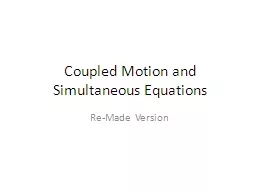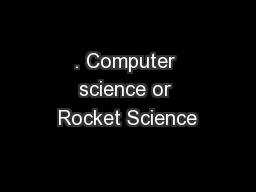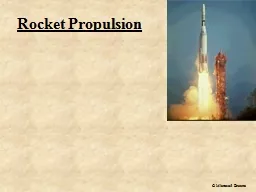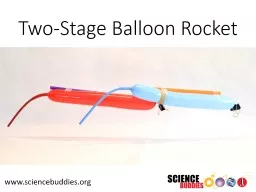PPT-Rocket Science 103: Ballistic Equations of Motion
Author : marina-yarberry | Published Date : 2019-06-29
Newtons Laws as Applied to Rocket Science its not just a job its an adventure 1 RS 102 Summary 2 Vertically accelerating rocket Neglected aerodynamic drag How
Presentation Embed Code
Download Presentation
Download Presentation The PPT/PDF document "Rocket Science 103: Ballistic Equations ..." is the property of its rightful owner. Permission is granted to download and print the materials on this website for personal, non-commercial use only, and to display it on your personal computer provided you do not modify the materials and that you retain all copyright notices contained in the materials. By downloading content from our website, you accept the terms of this agreement.
Rocket Science 103: Ballistic Equations of Motion: Transcript
Download Rules Of Document
"Rocket Science 103: Ballistic Equations of Motion"The content belongs to its owner. You may download and print it for personal use, without modification, and keep all copyright notices. By downloading, you agree to these terms.
Related Documents














